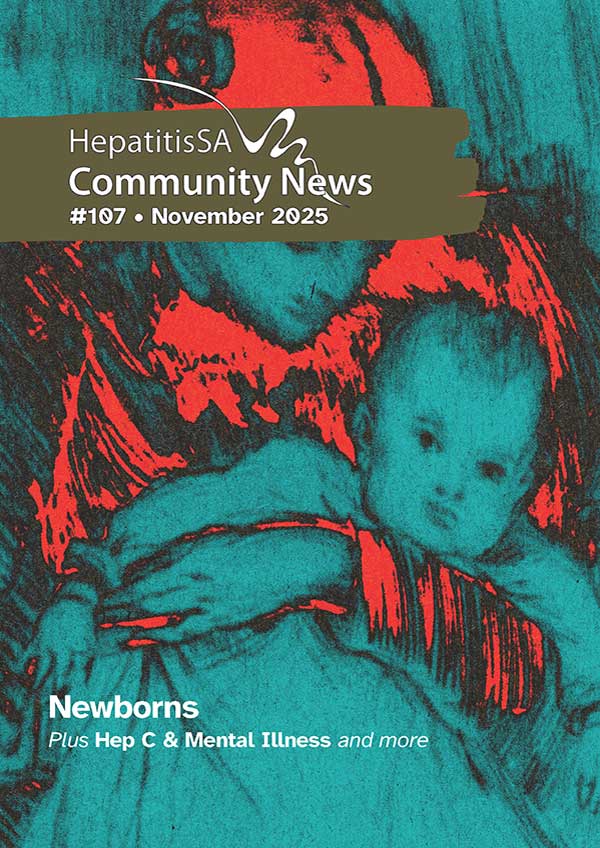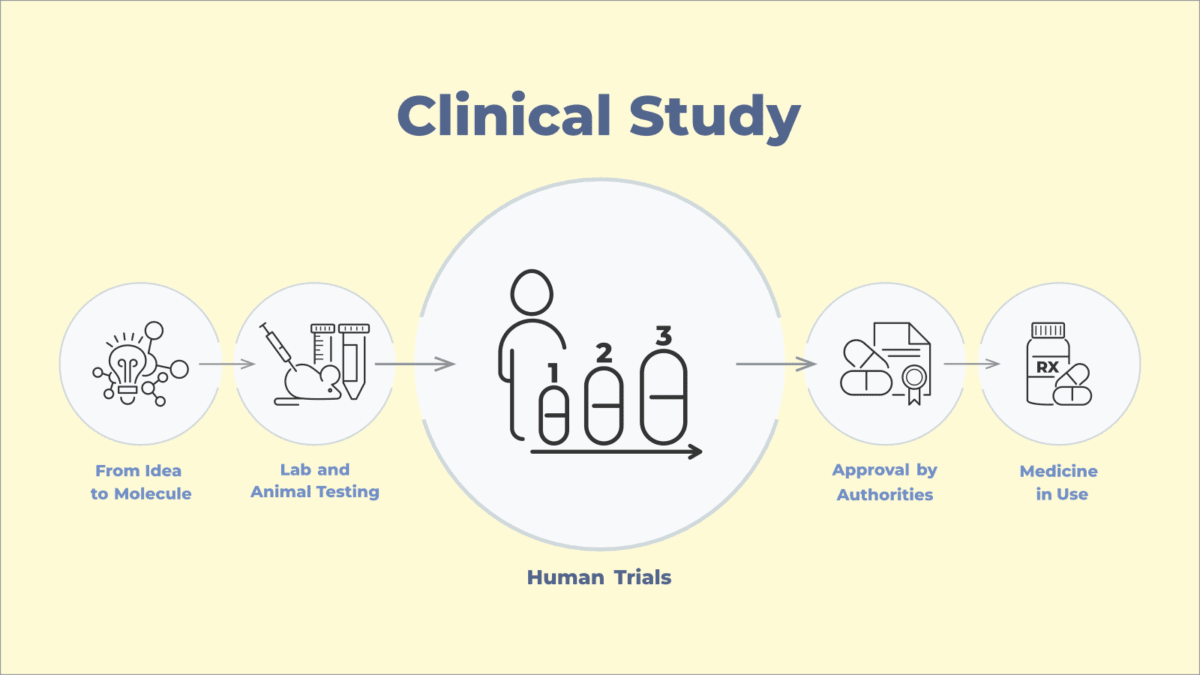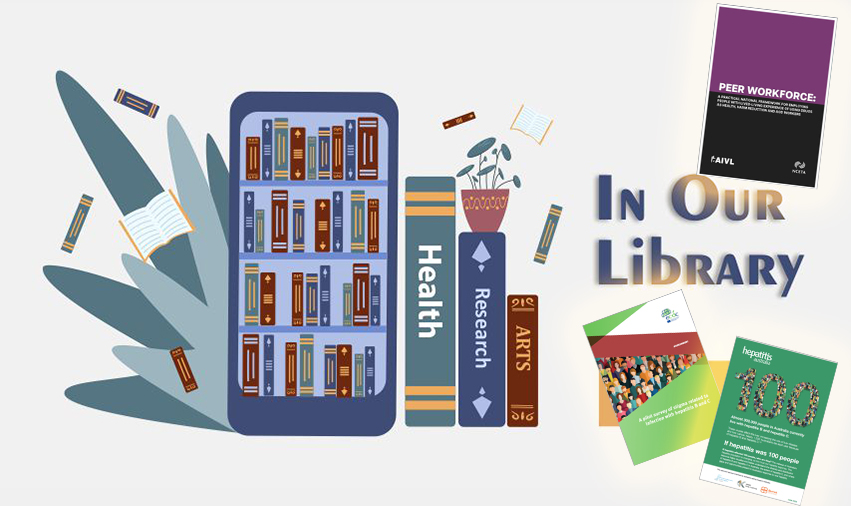Click on the images to access, or view all resources added in the last month.
Closing the gap: Commonwealth 2024 annual report (and) Commonwealth 2025 implementation plan
Commonwealth of Australia, Canberra, 2025. 94p.
Highlights what the Commonwealth Government has delivered in 2024 and outlines its priorities for the next 12 months to contribute to achieving the goals of the National Agreement on Closing the Gap.
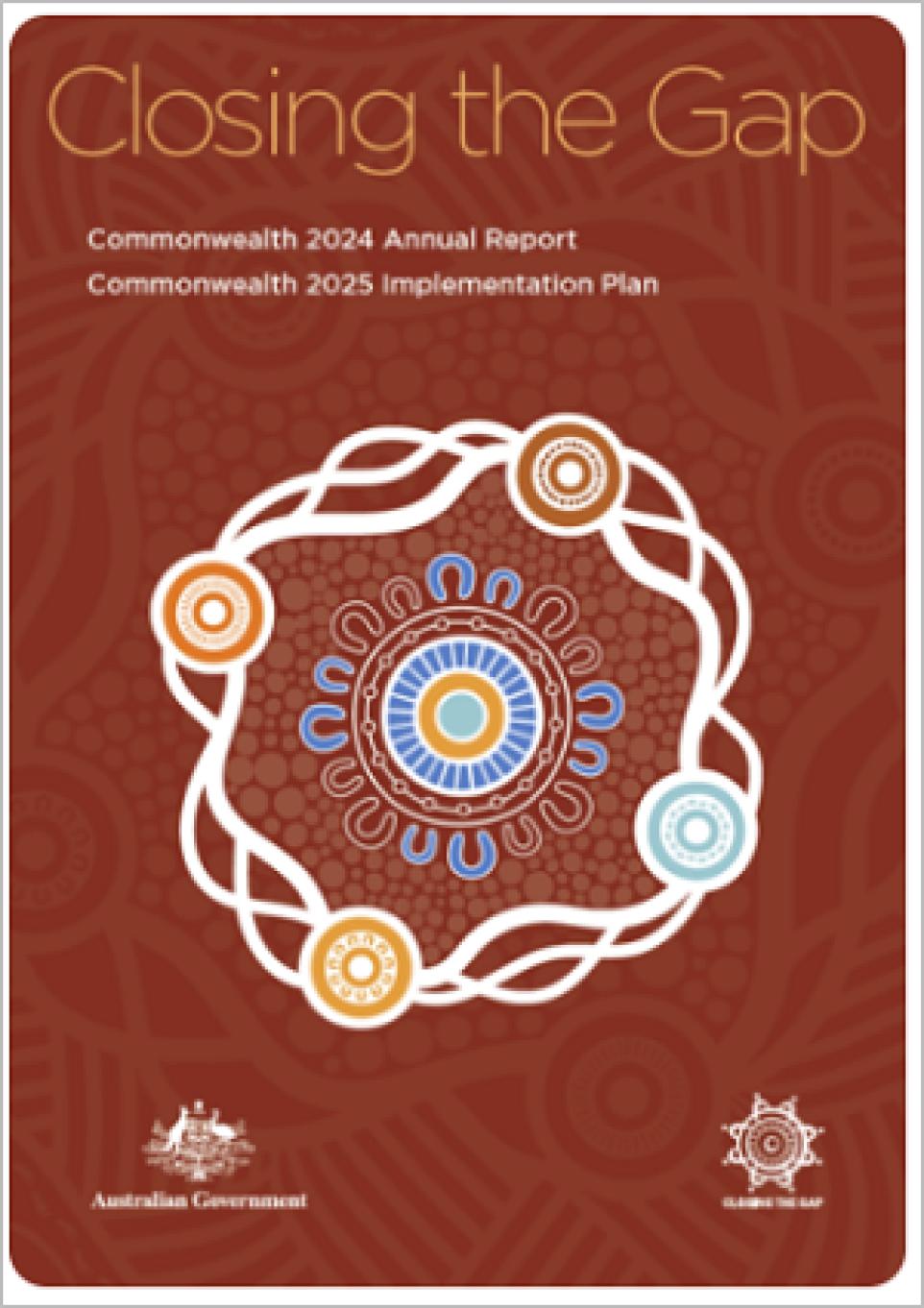

Close the gap campaign annual reports
Close the Gap Campaign Alliance Group for Indigenous Equity, Phillip, ACT, 2025.
The Close the Gap Campaign annual reports, emphasising both the ongoing challenges and the tangible solutions needed to close the health and wellbeing gap for Aboriginal and Torres Strait Islander peoples. The 2025 report showcases how the closing the gap priority reform areas are being implemented to create lasting change.
Aust Society for HIV, Viral Hep & Sexual Health Medicine (ASHM), Sydney, 2025. 148p.
This report includes data regarding hepatitis B, as well as estimates of viral hepatitis testing and liver cancer. The most recent available estimates for prevalence, treatment and care of hepatitis B to the end of 2023, with testing data available to June of 2024 are presented.


Viral Hepatitis Mapping Project: Hepatitis C National Report 2023–2024
Aust Society for HIV, Viral Hep & Sexual Health Medicine (ASHM), Sydney, 2025. 50p.
The most recently available treatment data to June 2024, an assessment of ongoing trends from 2016 and more accurate geographic location for hepatitis C treatment.
Human rights and drug policy: summary report of project findings and recommendations
La Trobe University, Melbourne, 2025. 82p.
This four-year, qualitative research project aimed to generate new knowledge about the relationship between human rights and drug policy, examine the potential for reforming drug policy through human rights, consider strengths and weaknesses of human rights-based reforms to drug policy, and consider whether there are other methods beyond human rights for moving towards more humane and less punitive approaches to drug use, possession and supply.

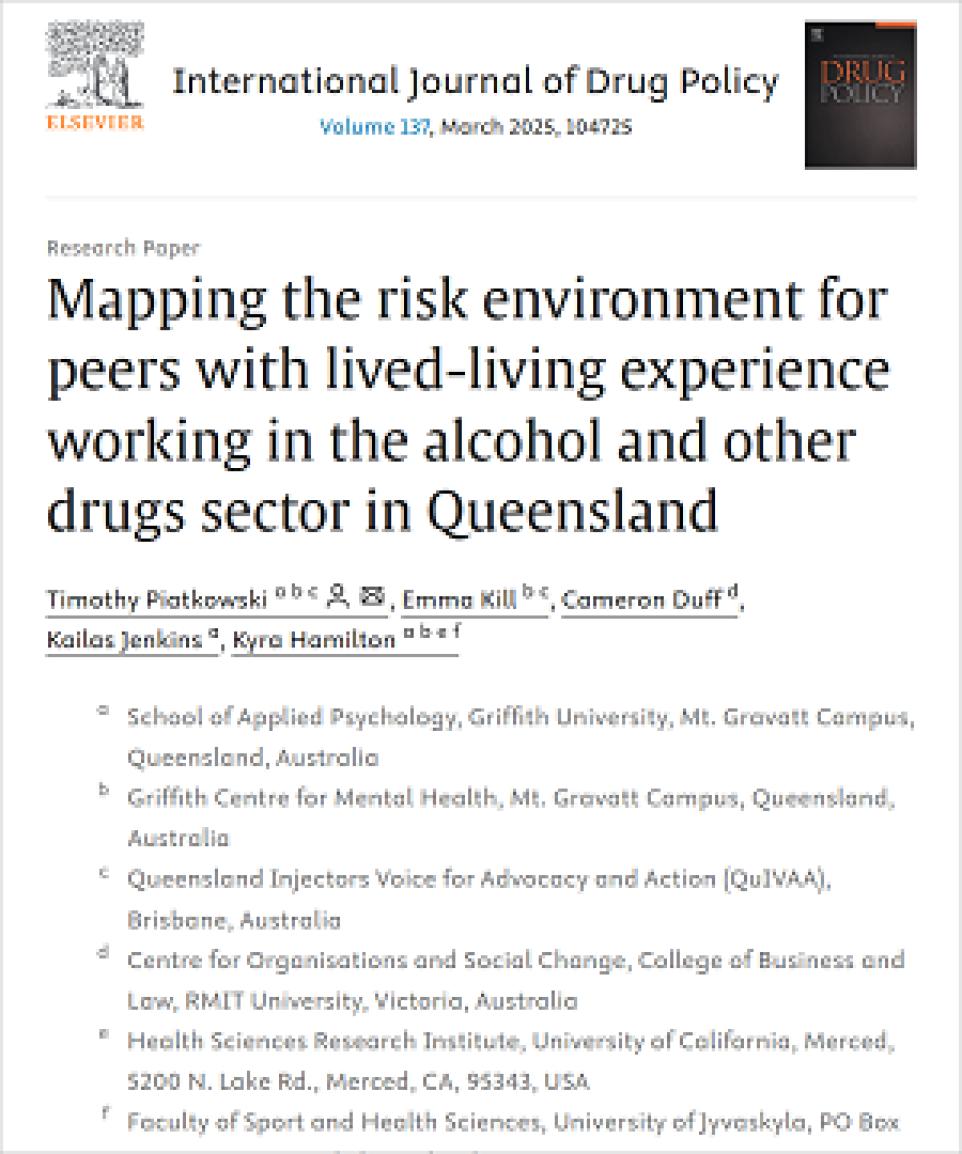
Elsevier, London, 2025.
Findings highlight the need for advocacy towards legal reform and the creation of inclusive organisational cultures. Recognising and valuing the LLE of peer workers is essential for enhancing harm reduction initiatives and promoting the wellbeing of PWUDs.
To view the full list of newly added titles with links, go to the library home page.
Last updated 19 May 2025
More from:
Enjoyed this article? Subscribe to be notified whenever we publish new stories.
Subscribe for Updates

